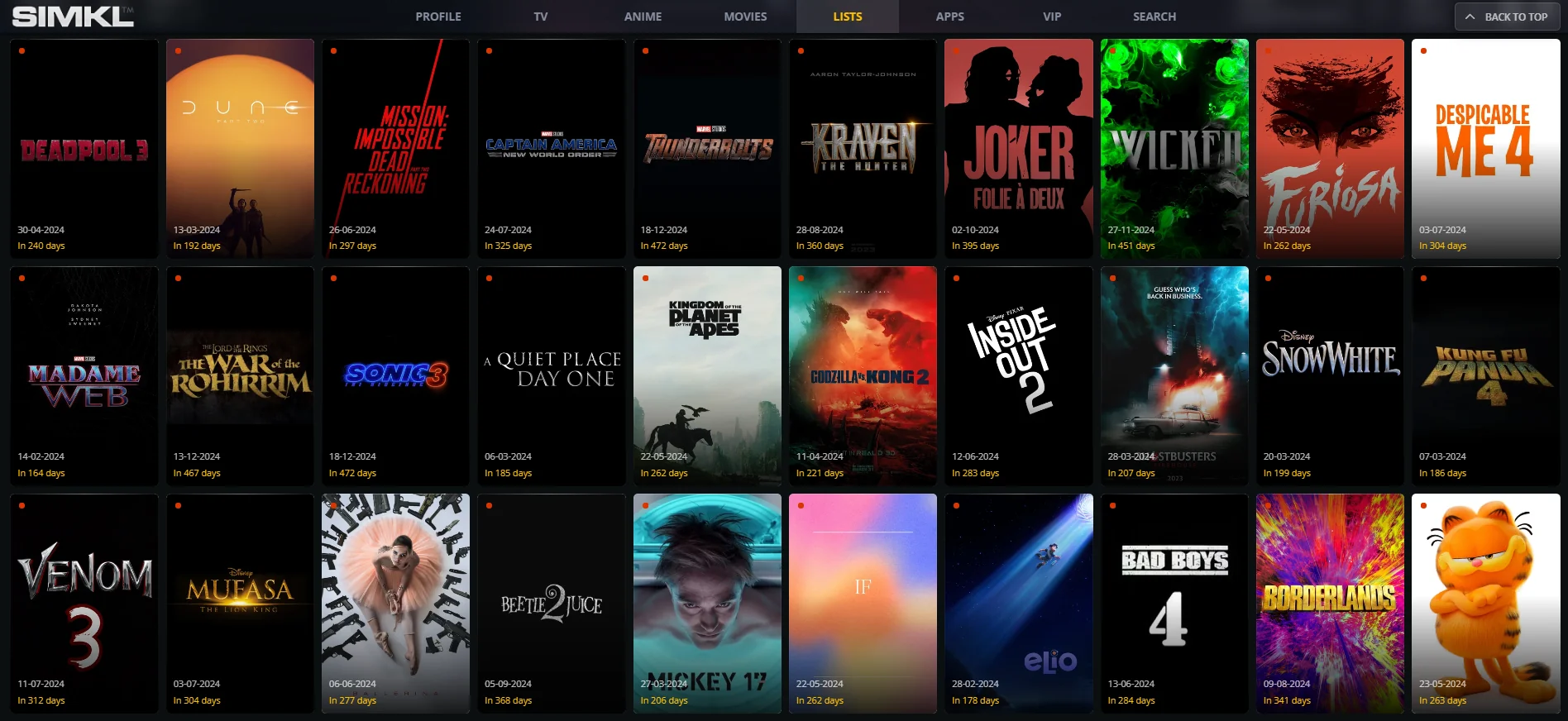Calls-to-action (CTAs) are essential elements in emails that guide readers toward taking specific actions, such as signing up for a newsletter, purchasing a product, or downloading a resource. However, overloading an email with too many CTAs can dilute the message, confuse readers, and reduce the effectiveness of each call. Striking the right balance is crucial to crafting effective emails that drive engagement without overwhelming your audience.
The Risks of Overloading CTAs
An email cluttered with multiple CTAs can lead to several issues:
-
Confusion: When an email features too many CTAs, readers may struggle to determine which action to prioritize. This confusion can lead to decision paralysis, where the recipient chooses not to act at all.
-
Reduced Effectiveness: If every CTA is vying for attention, none may stand out. This dilution can reduce the overall impact of your email campaign, making it less likely for readers to follow through on any action.
-
Aesthetic Disruption: A cluttered email with numerous CTAs can appear visually overwhelming, affecting readability and the overall user experience.
Best Practices for Using CTAs Effectively
To avoid the pitfalls of excessive CTAs, consider these best practices:
Define Your Primary Goal
Before drafting your email, clearly define the primary objective of your campaign. Whether you want recipients to sign up for a webinar, make a purchase, or download a report, having a clear goal will help you focus your message and determine the most appropriate CTA.
Limit CTAs to One or Two
While there might be various actions you want recipients to take, limit your email to one or two primary CTAs. This approach ensures that each CTA receives adequate attention and reduces the risk of overwhelming your audience.
Use Hierarchical CTAs
If your email needs to include multiple CTAs, structure them in a hierarchical manner. Place the most important CTA at the top of the email and the secondary one further down. This hierarchy guides readers toward the most critical action first while still providing options for other actions.
Prioritize Clarity and Simplicity
Ensure that each CTA is clear, specific, and easy to understand. Avoid ambiguous language and make sure that the action you want readers to take is immediately apparent. A straightforward CTA helps recipients make quick decisions and enhances the effectiveness of your email.
Employ Visual Hierarchy
Utilize design elements to create a visual hierarchy in your email. Highlight your primary CTA using buttons, bold text, or contrasting colors to make it stand out. Secondary CTAs can be placed in less prominent locations but should still be visible and accessible.
Segment Your Audience
Tailor your CTAs based on audience segments. Different segments may have varying interests and needs. By personalizing CTAs for specific groups, you can enhance relevance and effectiveness, reducing the need for multiple, less targeted CTAs.
Test and Analyze
Implement A/B testing to evaluate the performance of different CTA strategies. Experiment with various placements, quantities, and designs to determine what resonates best with your audience. Analyzing the results will provide insights into the optimal number and type of CTAs for your emails.
Ensure a Balanced Layout
Balance your email layout to avoid visual clutter. Maintain ample white space around CTAs to make them stand out and prevent the email from feeling crowded. A clean and well-organized design enhances readability and the likelihood of engagement.
Consider Email Frequency
The frequency of your emails can impact how many CTAs you include. If you’re sending frequent emails, it might be beneficial to spread out CTAs across different messages rather than packing them into a single email. This approach ensures that each CTA receives the attention it deserves.
Leverage Follow-Up Emails
Instead of cramming multiple CTAs into one email, consider using follow-up emails to address additional actions. A series of emails can progressively lead recipients toward various goals without overwhelming them in a single message.
Provide Clear Benefits
When presenting CTAs, clearly articulate the benefits of taking action. Highlighting the value or advantage of each CTA can motivate recipients to engage without needing to overwhelm them with choices.
Craft Compelling CTA Copy
The language used in your CTAs should be compelling and action-oriented. Use strong, persuasive words that encourage readers to act immediately. Avoid vague or generic phrases that might fail to capture attention.
Monitor and Adjust
Regularly review the performance of your email campaigns to identify patterns and trends. Monitor metrics such as click-through rates and conversion rates to gauge the effectiveness of your CTAs. Based on your findings, make adjustments to improve future campaigns.
Avoiding the overuse of CTAs in your emails is crucial for maintaining clarity and effectiveness. By focusing on a primary goal, using a limited number of CTAs, and employing best practices in design and content, you can create emails that engage your audience and drive meaningful actions. Remember, a well-crafted email with a clear and compelling CTA is far more effective than one cluttered with multiple, competing calls-to-action.
Frequently Asked Questions: How to Avoid Using Too Many Calls-to-Action in One Email
What is a call-to-action (CTA)?
A call-to-action (CTA) is a prompt in an email or other marketing material that encourages recipients to take a specific action, such as signing up for a newsletter, making a purchase, or downloading a resource. CTAs are designed to guide users toward desired outcomes and drive engagement.
Why is it problematic to use too many CTAs in one email?
Using too many CTAs in one email can confuse recipients, dilute the effectiveness of each CTA, and lead to decision paralysis. This cluttered approach can overwhelm readers, making it harder for them to focus on and complete any of the desired actions.
How can I determine the primary goal of my email?
To determine the primary goal of your email, consider what action you most want recipients to take. This could be signing up for an event, making a purchase, or accessing a resource. Clearly defining your objective will help you focus your message and select the most appropriate CTA.
How many CTAs should I include in an email?
It's generally best to limit your email to one or two primary CTAs. This ensures that each CTA receives adequate attention and reduces the risk of overwhelming your audience. If additional actions are necessary, consider placing secondary CTAs in less prominent positions.
What is the benefit of using hierarchical CTAs?
Hierarchical CTAs help prioritize actions by placing the most important CTA at the top of the email and secondary CTAs further down. This structure guides readers toward the primary action first while still providing options for other actions, improving overall effectiveness.
How can I make each CTA clear and effective?
To make each CTA clear and effective, use specific and action-oriented language. Ensure that the desired action is immediately apparent and avoid ambiguous terms. A straightforward CTA helps recipients make quick decisions and enhances the likelihood of engagement.
What is visual hierarchy, and how does it apply to CTAs?
Visual hierarchy refers to the arrangement of design elements to guide the reader’s attention. For CTAs, use design techniques such as buttons, bold text, and contrasting colors to make the primary CTA stand out. Secondary CTAs should be visible but less prominent.
Why is audience segmentation important for CTAs?
Segmenting your audience allows you to tailor CTAs based on the specific interests and needs of different groups. This personalization increases the relevance and effectiveness of your CTAs, reducing the need for multiple, less targeted calls.
How can A/B testing improve my CTA strategy?
A/B testing involves comparing different versions of an email to see which performs better. By experimenting with various CTA placements, quantities, and designs, you can determine what resonates best with your audience and optimize future campaigns.
How should I balance the layout of my email with CTAs?
Maintain a balanced email layout by ensuring ample white space around CTAs to prevent visual clutter. A clean, organized design enhances readability and makes each CTA more noticeable and effective.
What role does email frequency play in CTA placement?
If you send frequent emails, you can spread out CTAs across different messages rather than including multiple CTAs in a single email. This approach helps ensure that each CTA gets the attention it deserves without overwhelming recipients.
How can follow-up emails be used effectively?
Follow-up emails can address additional actions or CTAs that were not included in the initial email. By gradually leading recipients toward various goals through a series of emails, you can avoid overwhelming them with too many CTAs in one message.
Why is it important to highlight the benefits of each CTA?
Clearly articulating the benefits of each CTA helps motivate recipients to take action. Highlighting the value or advantage of following through on a CTA can make it more compelling and increase the likelihood of engagement.
What makes CTA copy compelling?
Compelling CTA copy uses strong, persuasive language that encourages immediate action. Avoid vague or generic phrases and instead focus on creating a sense of urgency or highlighting the benefits of taking the desired action.
How should I monitor and adjust my CTA strategy?
Regularly review the performance of your email campaigns by analyzing metrics such as click-through rates and conversion rates. Use this data to identify trends and patterns, and make adjustments to your CTA strategy to improve effectiveness in future campaigns.



















